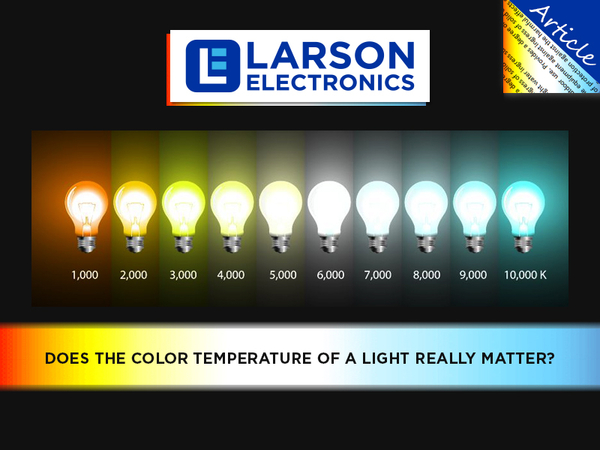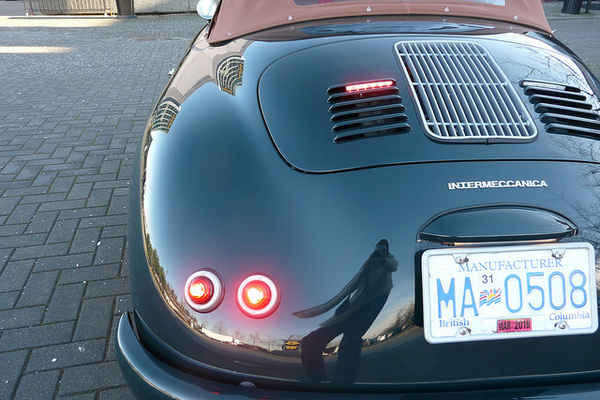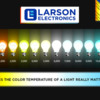Wolfie wrote: "Most house LED bulbs say not for totally (my italics) enclosed fixtures." I just checked and my spare bulb boxes say that, too. Probably because those little power supplies generate enough heat to go into silicon melt-down and poop out. Mine also say "Not intended for Emergency Exits." Don't know what's up with that.....
Dr. @Bob: IM S6 wrote: "I went out last year or so and bought a huge supply of traditional lightbulbs, as I can't stand the look of LED lights in the house. I much prefer the soft look of traditional light bulbs."
I may have a solution for you for when you've used up your ten year supply of incandescent bulbs.
LEDs are typically sold with two totally different ratings noted on the package:
1. Light output, measured in Lumens. This can be anything from 250 lumens (pretty dim, like the headlights on an original '57 VW sedan) all the way up to 2000 Lumens (wicked bright - Don't look right at it).
For an average table lamp, you want something around 800 lumens or so of brightness. But that won't get you to that soft, yellow-y light you get from those circa 1830 candles you're used to burning. For that you also need:
2. The color hue or temperature measured in Kelvins (Don't look at me. I didn't come up with the term.) This refers to the color saturation of the light being emitted and typically runs the range of about 1700K (leaning past yellow towards orange as sen in "decorative" bulbs), all the way up past "wicked bright white" at 5,000K and on into the tinges of blue range at 10,000K. (if you want wicked bright light in your shop, that's the puppy to get.)
What you want for your den's table lamps, in fact just about anywhere in your 1830's castle, is a color hue/temp of about 2,700K. How do I know this? Because I went through this after the "Great Generator Blow Up" and had to replace a couple of recessed lights in my kitchen and tried to match color hue with the remaining, good ones. Now they're all 2,700 bulbs and that's what I got for the two dead bulbs in the living room, too. They look "normal", not too white. Stay away from "Daylight" bulbs as they'll probably be close to 5,000K.
Here's a handy-dandy chart showing the difference in hue/temp/color versus Kelvin rating, and to answer the question at the bottom of the chart, YES! Color temperature matters one helluva lot! You probably won't like anything higher than 4000-5000 as it'll be wicked white AND seem too bright.








